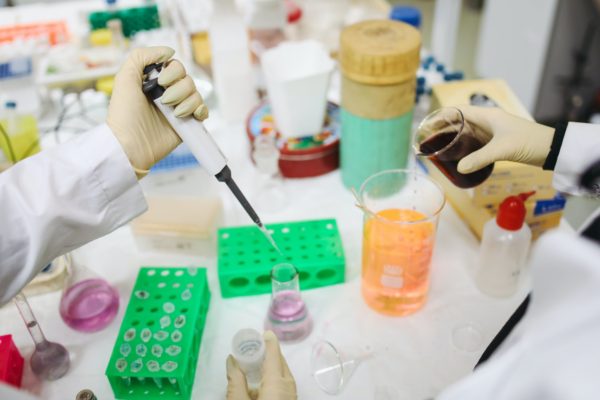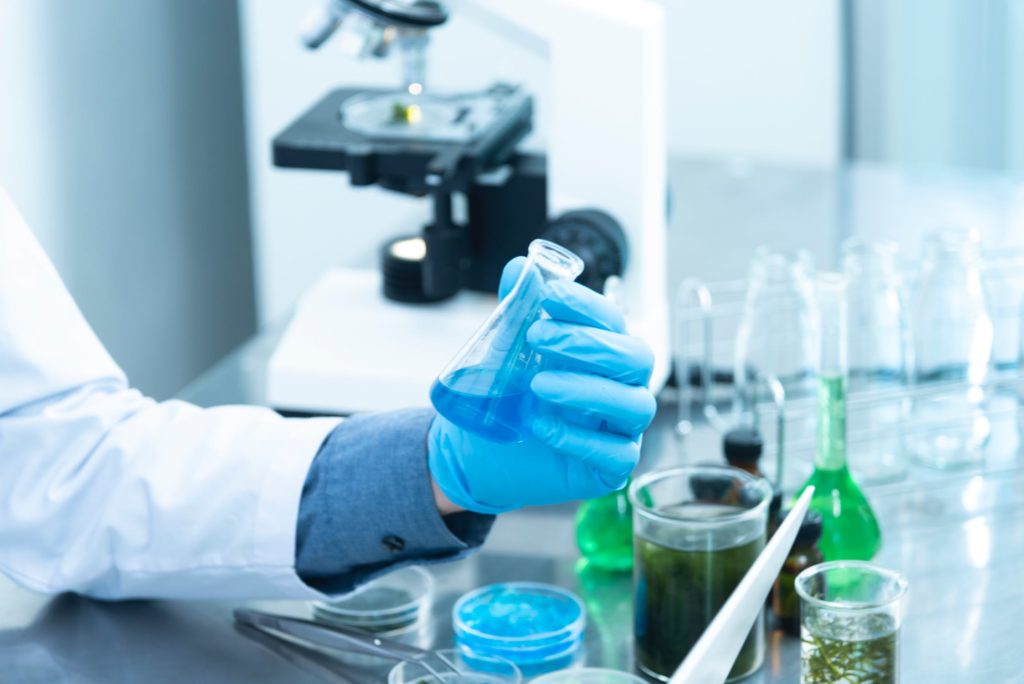In HACCP, a food safety hazard is anything that can contaminate a food product. One of the three types is chemical contaminants, which one can find in almost every food processing facility. Does the average HACCP plan include a chemical control plan then?
It does, and it’s a crucial part of any HACCP plan. Having and maintaining an effective control program for chemicals used in a food handling operation is a prerequisite for a successful HACCP plan.
Starting A Chemical Control Plan
Before including a Chemical Control Plan in your HACCP, properly categorize the chemicals in the facility. You can divide most chemicals into four categories – maintenance chemicals, sanitation chemicals, pest control chemicals, and laboratory chemicals – using these classes to create a physical inventory of all the chemicals in the facility.
 The inventory should turn into a chemical control book for each category. Include a list of approved chemicals, the classes to which each chemical fits, sample labels, Material Safety Data Sheets (MSDS), areas where the use of each chemical is allowed, dilution information, storage locations, and any specific usage restrictions.
The inventory should turn into a chemical control book for each category. Include a list of approved chemicals, the classes to which each chemical fits, sample labels, Material Safety Data Sheets (MSDS), areas where the use of each chemical is allowed, dilution information, storage locations, and any specific usage restrictions.
A facility should store all chemicals in a designated area with no possibility that potential spills or leaks could contaminate food or packaging materials. Pesticides must be stored in a locked and labelled area to restrict access and maximize the ventilation of any fumes to stop them from impacting the product or employee health. Labels must be on any secondary chemical usage containers to prevent accidental misuse; anything without labels should be disposed of properly. Any food facility should not tolerate either of these issues.
How Can A HACCP Plan Include Chemical Controls?
Once have the chemicals are safely stored and the information is filed, you can follow the seven principles of HACCP like you would for any other hazard:
 Identify all possible food safety hazards that could occur in your business through chemical contamination.
Identify all possible food safety hazards that could occur in your business through chemical contamination.- Identify the critical control points (CCPs) where your facility applies a control measure to prevent, eliminate or reduce a hazard or hazards to an acceptable level.
- Set critical limits, which are the maximum or minimum value to which a chemical safety hazard must be controlled to prevent, eliminate or reduce it to an acceptable level.
- Monitoring the food product so that it remains within the critical limits determined at each CCP; for chemicals, this could be acidity levels, nutritional monitoring, etc.
- Put in place corrective actions that you must take should a deviation from the established critical limit occur.
- Establish record-keeping procedures and up-to-date hazard analysis with details of any corrective actions.
- Establish verification procedures.
The Chemical Control Plan portion of any HACCP should establish who in the organization has the authority to order chemicals defined by your categories. The Plan should clearly define the approval authority, which states that only certain individuals should purchase chemicals brought into the plant.
Why Is A Chemical Control Plan Essential To Your HACCP Program?
Chemical ingredients can be one of the most pervasive threats to food products in any facility. It’s necessary to effectively control the essential and routine chemicals so that your food facility can manage the potential risks associated with handling and uses these substances.
Having a Chemical Control Plan will protect your business from the financial, legal, and reputational consequences caused by foodborne illness outbreaks and severe allergic reactions caused by improperly handled chemical allergens.
